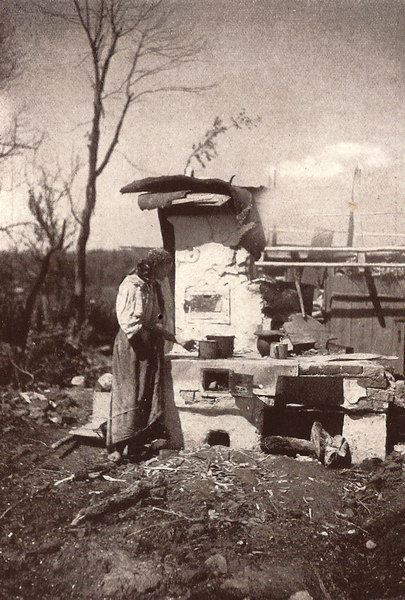The armies of the belligerent powers often viewed the population that still lived near the frontlines as an unwanted nuisance. The increasing nervousness and intensified ‘Russophile’ image of the enemy in the wake of the commencment of hostilities thus took its toll on the civilian population on the Eastern Front, too. There were several orders that decreed ‘ruthless actions’ towards ‘suspects and possible traitors’. Whoever was not ‘massacred and without mercy’ on the spot faced a policy of rigorous deportation.
